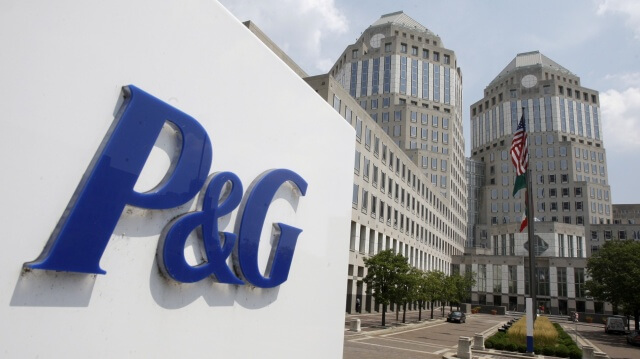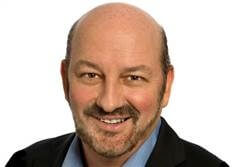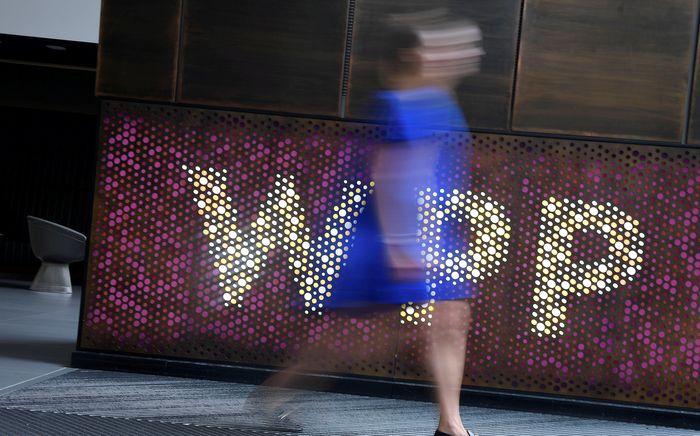
Procter & Gamble Co. just agreed to sell a hefty chunk of its beauty brands to Coty Inc.
This latest move in a series of divestitures helps P&G slim down the number of brands under its helm and trim costs. But it means yet another headache for Madison Avenue advertising agencies that are already grappling with a wave of accounts under review from cost-conscious clients.
P&G, the world’s largest advertiser, said on Thursday that it will combine 43 of its beauty brands, such as Clairol hair dyes, Covergirl makeup and Hugo Boss perfume, with Coty in a deal worth about $13 billion. P&G isn’t selling all of its beauty business. It’s retaining hair, skin and personal care brands such as Pantene shampoo, Olay facial moisturizers and SK-II cosmetics.

Greg Paull, Principal of R3
Greg Paull, principal of marketing consultancy R3, says he’s doubtful that the current agencies will keep the accounts once the brands join Coty. It would make sense for agencies to consider pitching for the creative accounts of the newly acquired P&G brands because Coty will likely be looking for consolidation, he said.
“Coty is much more of a fashion-led company, and P&G is much more of a process-led company,” Mr. Paull said, noting that Coty has a history of working with more boutique creative agencies while P&G often works with global agency networks. “With brands shifting over, it will be interesting whether they change their approach to marketing.”
Coty, the owner of Rimmel cosmetics, Sally Hansen nail polishes and Calvin Klein fragrances, recently consolidated its global media account with Publicis’ ZenithOptimedia.
The beauty brands that P&G is parting with generated about $5.9 billion in annual sales, accounting for about a third of the revenue from P&G’s beauty division.
Last year, P&G spent $455 million on measured media in the U.S. to market its full suite of cosmetics and beauty brands, of the $2.6 billion spent for the whole company in the U.S., according to data from WPP’s Kantar Media. The firm’s data tracks spending in traditional media as well as on digital display and search ads, but doesn’t include spending on other digital formats such as video and mobile ads. Coty, on the other hand, spent $211 million on such ad formats in the U.S. in 2014, according to Kantar Media.
The divestitures have been a long time coming. Almost a year ago, P&G unveiled plans to exit as many as 100 brands to focus on names such as Pampers diapers and Tide detergent. P&G has been looking to make deep cost cuts across the company, including how much it spends on marketing and agencies.
In April, P&G said it would cull the number of advertising agencies it works with in an effort to save up to $500 million annually in fees and production costs. P&G is currently in the midst of reviewing its North American media business and is one of a number of big marketers with media accounts in review.
P&G in recent years has been shifting its advertising spending to more efficient digital platforms where consumers are spending more of their time. The company spent $9.2 billion on advertising in the 12 months ended June 2014, down from $9.6 billion the previous year, according to its annual report.
Morgan Stanley analysts, in a research report last month, pegged the number of media dollars in review at $26 billion and noted P&G role’s in influencing other consumer goods marketers to conduct reviews.
“P&G, usually a bellwether amongst advertisers, is leading the way,” the analysts wrote.
Source: WSJ





